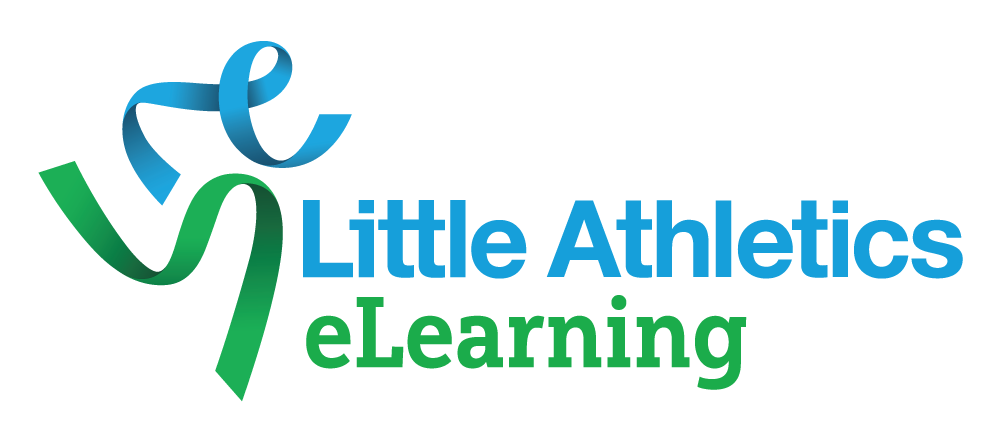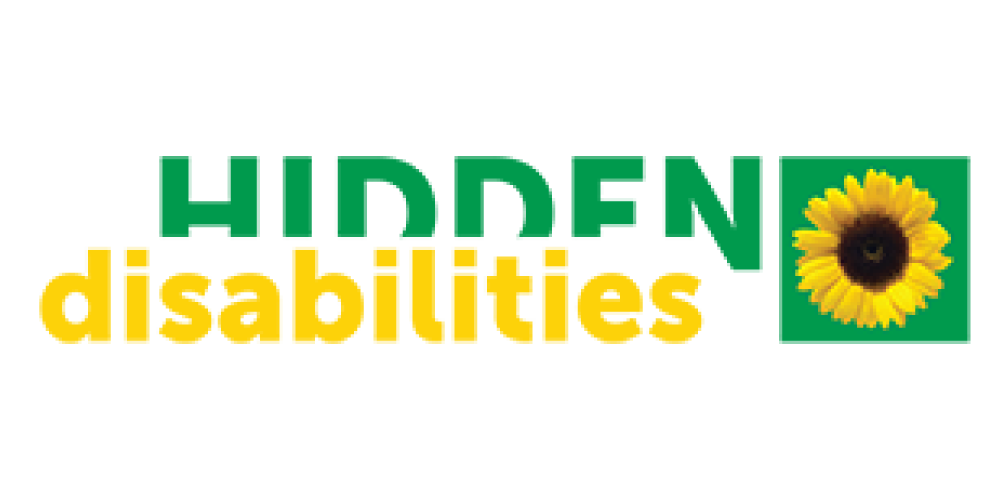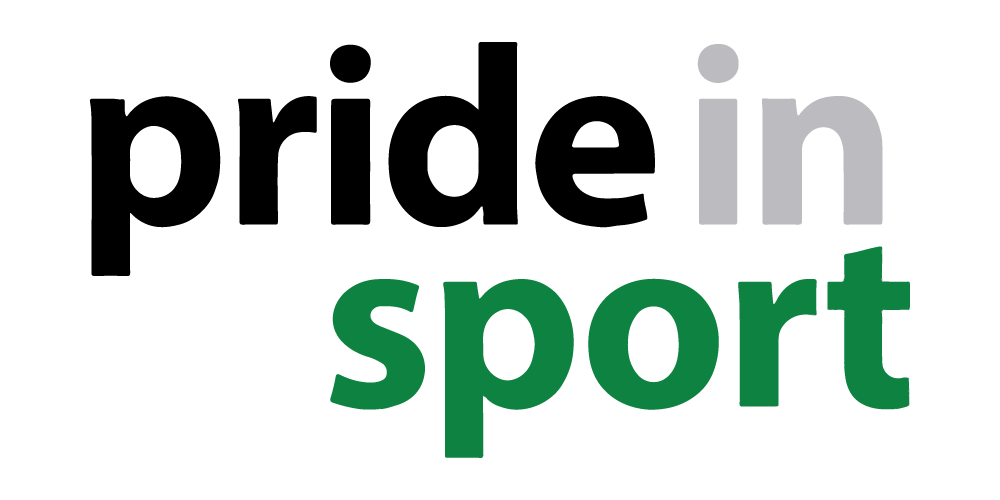Down Syndrome
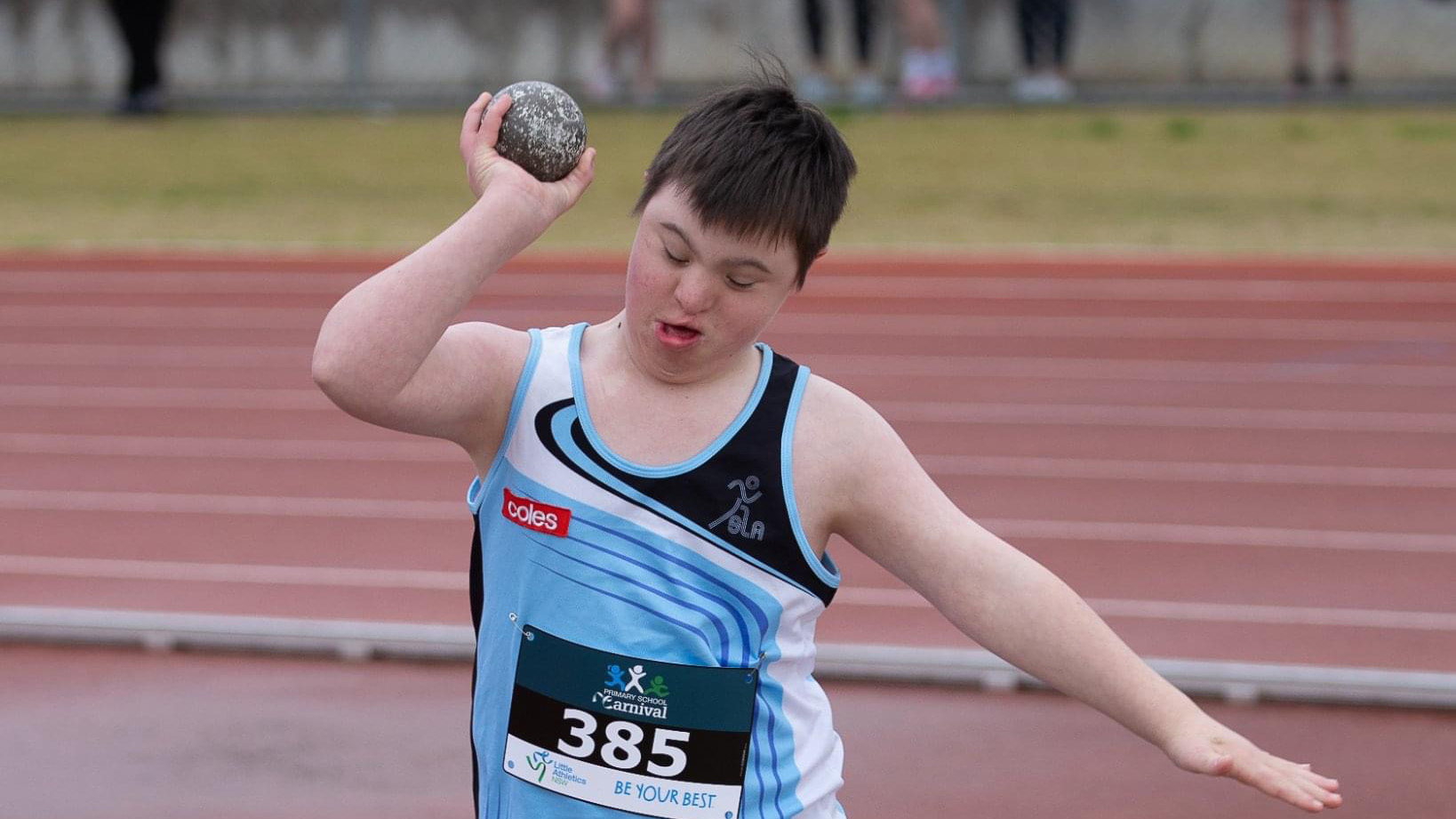
What is Down Syndrome?
Down syndrome occurs when someone is born with a full or partial, extra copy of chromosome 21 in their DNA.
- Pronounced down sin·drowm
Athletes with Down syndrome will typically have some difficulty with learning, posture and balance. It is a lifelong disability.
- There are 13 000 people living with Down syndrome in Australia.
- Down syndrome looks different for each person, but some functional impacts could include:
- Low tone.
- Difficulty with balance.
- Intellectual disability or learning delay Link to ID page.
Causes of Down Syndrome
Down syndrome occurs when someone is born with a full or partial, extra copy of chromosome 21 in their DNA.
Safety
People with Down syndrome may have a greater incidence of breathing and heart conditions. Parents will monitor with their health professionals but be aware if the athlete is particularly out of breath.
Benefits of Athletics
Health
Children (and particularly teenagers) with Down syndrome are less likely to participate in sport. This causes them to have increased risk for the development of secondary health conditions such as heart disease, diabetes and weight gain.
Tone
Some children with Down syndrome have low tone or hypotonia. This means that the muscles feel floppy and may look weak. Athletics is beneficial to support low tone.
Balance and coordination
Athletics encourages body planning and problem solving as the athlete organises their body for each component of the event. this can improve their balance and coordination.
Communication
Learning and memory are used while developing skills for athletics. Use visual supports and gestures at the same time as verbal interactions to help learn more easily.
Terms to use and terms to avoid
| Terms to use | Terms to avoid |
| Person with Down syndrome | Downy |
Sources
Down Syndrome Australia – https://www.downsyndrome.org.au/
